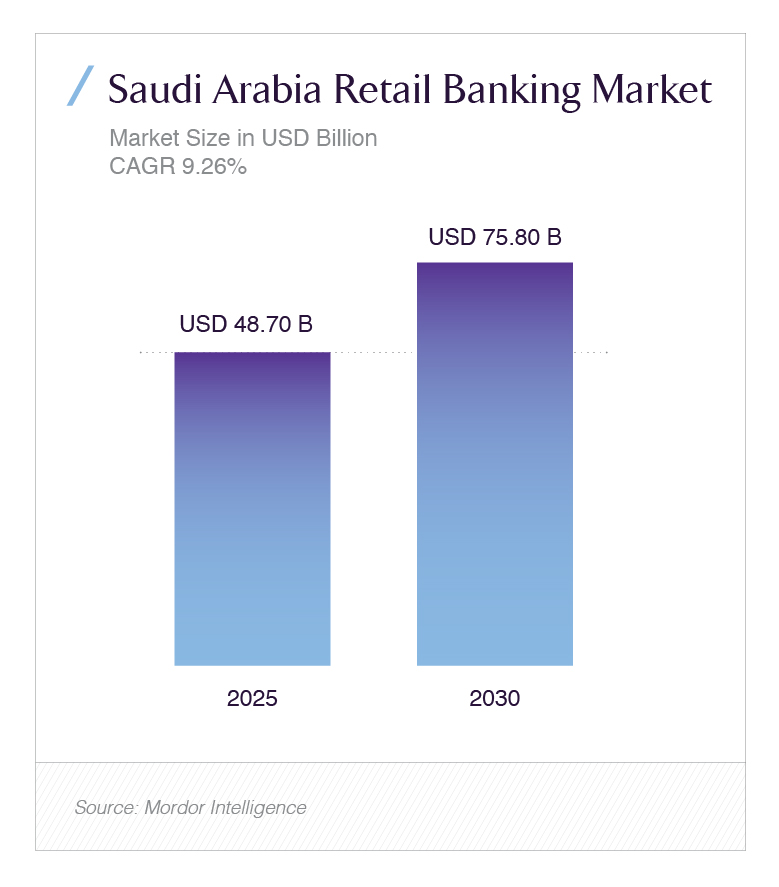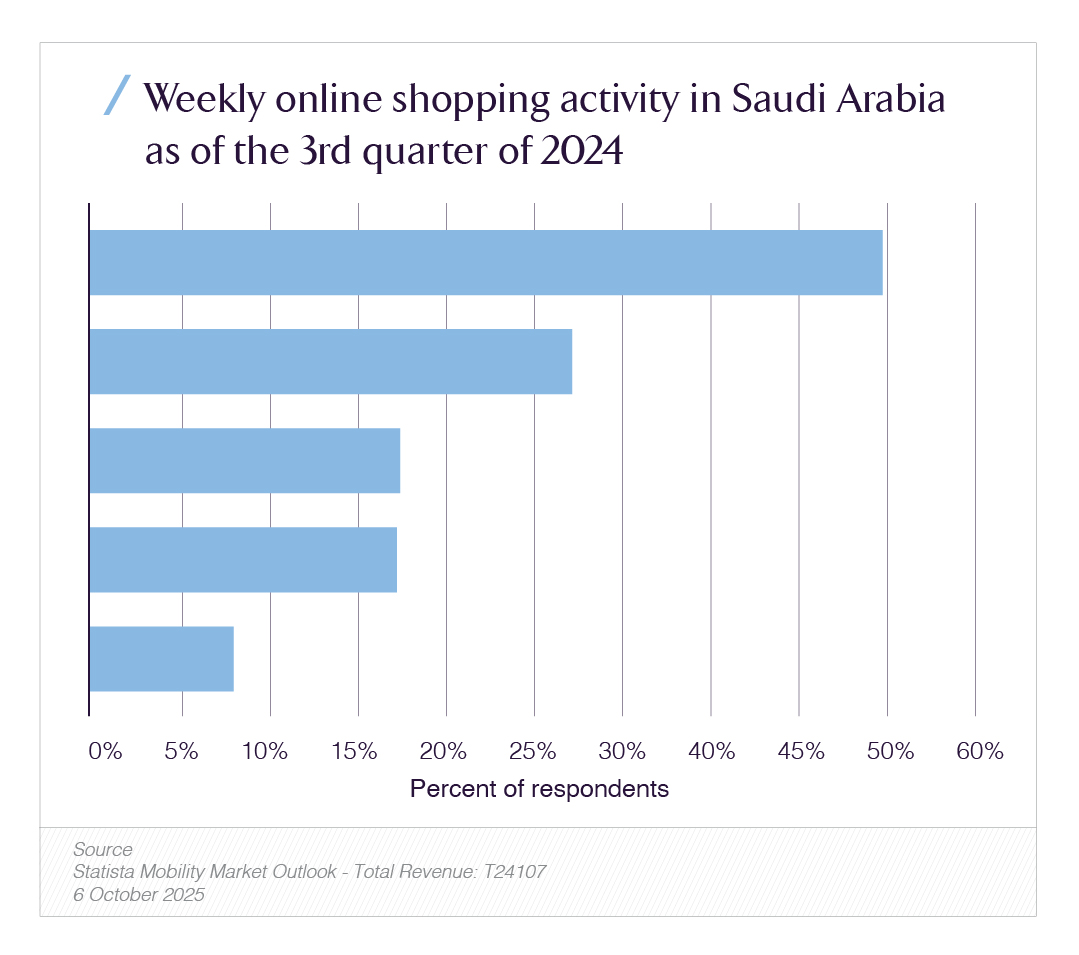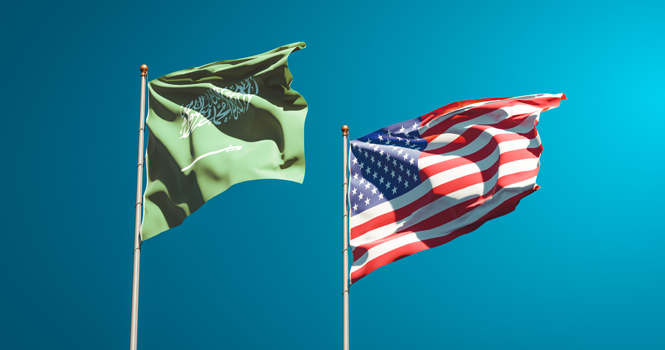The instant payments system Sarie has been implemented in Saudi Arabia and allows real-time transfer of funds 24/7 among all local banks. It operates on ISO 20022 messaging and was introduced in the country in 2021 by Saudi Payments with the support of SAMA in collaboration with IBM and Mastercard. To consumers, Sarie allows immediate account-to-account transfers and a so-called quick transfer, where an alias, such as a mobile phone number or an e-mail address, is used in place of an IBAN. The standard instant transfers allow a maximum of SAR 20,000, whereas quick transfer is limited to SAR 2,500 and they are aimed at daily person-to-person and small-business transactions. The always-on model has shifted payments out of the old batch next day and into right now, a huge change in the minds of the population as well as in the internal systems of banks.

This is occurring as the country is moving towards cashless retail. According to the Saudi Central Bank, electronic payments are 79 percent of all retail payments by 2024, as opposed to 70 percent by 2023. Non-cash retail payments on a transaction basis rose to 12.6 billion in 2024 against 10.8 billion in 2023, an indication of the usage of digital channels by a large number of consumers who Sarie is currently serving 24/7.
QR codes & P2P
Sarie also forms the rails of interoperable QR payments. Saudi Payments started to develop a national QR framework prior to launch so that banks, wallets, and merchants would have a single standard to use. That project, initiated in 2020, has provided a chance to standardise the QR experience in retail outlets, kiosks, and small merchants, which can be particularly valuable in low-value transactions. Saudi QR payments market is now forecasted by industry monitors to grow at a CAGR of 19-20 percent to reach nearly $1.0 billion by 2033, up to about $201 million in 2024.
Central bank monthly bulletins through to mid-2025 point to a gradual increase in the amount of electronic payment activity and industry sources cite a sudden burst of account-to-account P2P over the summer as people adopted QR and alias-based transfers on holiday travel and the Hajj. Although the June bulletin issued by SAMA is the most recent official publication, the trend of travel is unmistakable: more of the transactions are being shifted off cards and cash and onto real-time rails where settlement is instant and fees are genasd;47kl=[erally sub-riyal on small tickets.
Why instant matters for fintech UX?
send money immediately; the recipient views cleared money in his or her account within a few seconds. That allows new application flows: split-the-bill buttons, tap-to-transfer at a table, QR on delivery receipts, and request-to-pay links delivered by SMS or chat. It also supports business-initiated payments such as instant refunds, gig-worker earnings and marketplace payouts, which were previously end-of-day payments. Market analysts project that the real-time volumes in Saudi will still rise at a double-digit rate over the second half of the decade as additional services move off cards onto account-to-account.
The cost of accepting small tickets is cheaper to the merchants. Instant push payments have no interchange in the card sense, and pricing may be a few halalas per transaction in QR or alias transfers. Consequently, coffee shops, pharmacies, parking and convenience retail have a strong incentive to direct frequent low-value payments over Sarie rails instead of cards- particularly when payments are received instantly and can be reutilized within the same day. This economic perspective is one of the factors that saw the share of digital payments in retail transactions rise to 79 percent in 2024.
Bank Treasury Operations
Real-time payments change the liquidity of banks. When settlements are done on a 24/7 basis in real-time, end-of-day float is reduced. Faster intraday fluctuation of balances is observed by treasury teams as money is transferred during the night, weekends, and holidays. The upside is greater velocity of money and more satisfied customers; the cost is that banks will have to maintain more high quality intraday liquidity or automate sweeps, to cover real-time obligations. It is a significant change of operation as compared to the old cut-off schedule.
Fee lines have also been developed due to real-time use. Banks experience less interchange cost on the acquiring side and a new combination of payment costs as consumers shift bill splits and routine transfers off cards and onto account-to-account. Meanwhile, wallets and super-apps are competing on the basis of P2P instant convenience and QR acceptance. Industry projections show Saudi card payment value at nearly SAR 615.5 billion ($164 billion) in 2025, but the relative mix within digital payments is shifting with instant and QR growing.
Fraud Frameworks
The criminals are concerned about immediate and irreversible payments. Authorized push-payment scams (APP scams) increase in most markets that implement 24/7 real-time rails unless controls are able to keep up. The fundamental response stack includes a more robust payee-confirmation (also known as confirmation of payee), alias-level name-matching, risk-based holds on new payees, mule-detecting behavioral analytics and more customer education. Since Sarie has aliases and QR, banks can implement pre-transaction warnings, and friction, such as the sender confirming whether or not a transfer appears suspicious. They prevent frauds with little overhead on legitimate transactions.
Banks are changing dispute and recovery playbooks as well. In case of customers being deceived into wiring money, recovery windows are narrow. Hotlines which can initiate instant interbank requests to pause or recall, alongside automated freezing of mule-accounts and SAR-reporting (suspicious activity) to the regulator are best practices. The controls can be organized more quickly across institutions because Sarie is national and interoperable.
Broader Digital Shift
The cashless retail target by Saudi policy was to reach 70 percent by 2025; the country has exceeded the target ahead of time. The 79 percent of 2024 means that consumers and merchants have already got used to the lack of cash options. Contactless card payments have boomed at point-of-sale; card taps at physical terminals have increased more than threefold between 2020 and 2024 to about 10.4 billion transactions, industry analysis shows. This generates a huge foundation of digital behavior that can be developed by instant payments, particularly QR-based low-value purchases.
Sarie is connected to the Saudi payment backbone on the rails side along with mada (POS and ecommerce) and SADAD (bill payments). All domestic banks can provide a uniform experience because of the ISO 20022 design and the national coverage of the system. The launch collateral focused on innovation and efficiency as why the regulator favoured instant rails- to make payments safer, less expensive and programmable to new use cases in retail and business.
QR Acceptance & Wallets
Saudi Payments chose a single QR strategy such that any bank app or licensed wallet is able to scan and pay a merchant code. That facilitates the acceptance of digital payments by micro-businesses without renting a POS terminal. The QR network is cross-banking, which means that a user of the app of one bank can pay a merchant coded by another bank. With the increased adoption of QR, even more spend is being moved off of cash and even cards on very small tickets. Analysts believe that the Saudi QR market will reach close to a billion dollars in annual revenue over the next decade with more merchants and municipalities using QR to pay parking, tickets and fees.

They are rails which are lined with wallets. The telecoms and bank wallets compete on the basis of speed of onboarding, P2P convenience, cash back and QR acceptance. Industry estimates indicate tens of billions of riyals in annual P2P flows are already flowing through the major wallets, which have compelled traditional banks to beef up their own mobile apps and develop light-account journeys that can reside on Sarie rails.
Implications
The retail product groups are re-engineering flows around who you talk to. That is, request to pay in chat, scheduling and recurring instant payment, and QR refunds. It also implies opening APIs to merchants such that refunds, payouts and top-ups are automated. To facilitate credit, instant rails enable just-in-time funding: pre-approved limits can be advanced to the customer by drawing funds to their account immediately when a purchase is made, and repaid the same day, reducing interest expense and enhancing repayment behaviour.
Instant settlement enhances cash flow in case of SMEs. A small restaurant which accepts QR payments during lunchtime will have money in its bank account instantly and can settle suppliers on the same day. That, together with low unit fees and zero chargeback risk, makes account-to-account appealing to informal and micro-merchants who had used to prefer cash.
Bottom-line
Sarie has transferred Saudi payments into a real-time basis. The consumers have no reason not to switch with 24/7 settlement, alias-based P2P, interoperable QR, and low fees on small payments. The statistics confirm the tendency: in 2024, 79 percent of retail payments were already digital, and the forecasts in the industry show that the volumes will increase in real-time with the double-digit rates. The opportunity is customer satisfaction and product innovation in the case of banks; the challenge is liquidity management, fraud controls, and re-balancing fee income. The fintech opportunity is to make simple, instant experiences across national rails. The longer these rails are in operation at scale, the more cash and even some card volumes will move to instant account-to-account, and Sarie will be a key pillar of day-to-day banking in the Kingdom.


















